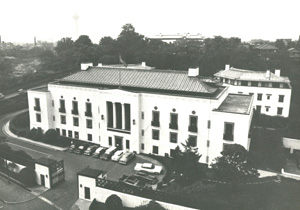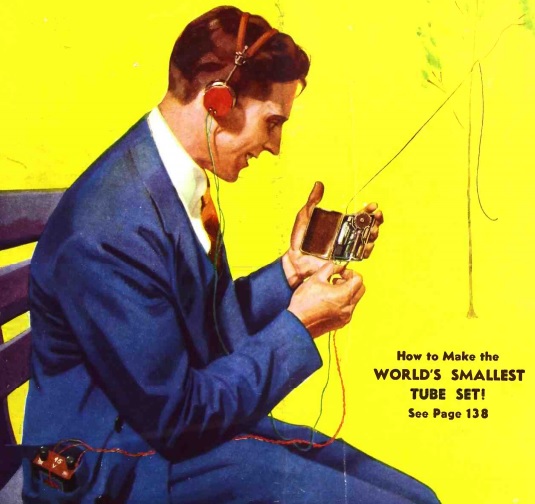
US Embassy Tokyo, 1931 photo. (US Gov’t photo).
The website of the Association for Diplomatic Studies and Training contains a very interesting account of life in the U.S. Embassy in Tokyo after Japan’s attack on Pearl Harbor. It is the reminiscences of Robaert A. Fearey, who served as personal secretary to Joseph Grew, the U.S. Ambassador to Japan from 1932-41.
Fearey had recently graduated from college, and had a 4-F draft status due to eye problems. He had been recommended by his college for the assignment, and sailed for Japan in early 1941. On the morning of December 8, he, along with the rest of the embassy staff, heard of the attack on Pearl Harbor. Late in the morning, a car from the Foreign Ministry arrived with the official notification.
The staff of the embassy was interned in the embassy compound until June, when they were repatriated on a well-lighted Japanese ship via Mozambique. The journalists with whom they sailed home had been assumed to be spies and were tortured. The embassy staff, however, was allowed to remain relatively unmolested on the embassy grounds. The staff was even able to witness the Doolittle Raid of April 18, 1942.
One condition imposed by the Japanese was that the embassy was not allowed to retain any radio transmitter or receiver. The embassy didn’t have any transmitter, instead relying on commercial telegraph. The ambassador protested the seizure of radio receivers, but to little avail. The Japanese searched the compound for radios and seized them.
But Fearey reports that he kept one radio:
Again demonstrating youthful indiscretion, I went back to my apartment and effectively hid a tiny pocket radio which a college housemate and amateur radio expert had made for me and which I had brought along to Japan. The radio was about five inches long, three inches wide and three-quarters of an inch thick and had what my friend had told me might be two of the smallest tubes ever made. I carried it inside the upper pocket of my jacket, with holes cut in the pocket so I could reach in to turn the control knobs. a thin wire ran
up under the back of my coat to a small, almost invisible ear plug. With this device, I had been able, unbeknownst to anyone, to listen to the radio during classes at college and even when riding my motorcycle. In Japan, I had tried it out a few times and had no
trouble receiving Japanese language stations. In our current predicament, I thought it might be a useful source of information, and in any case, I did not want to lose it. The searchers never found it, and it did prove to be a moderately useful source of information
until the tiny batteries wore out. I brought it back to the States on the repatriation ship.
It seems likely that the radio in question was similar to the one shown here on the cover of the September 1935 issue of Radio Craft magazine.
The description of Fearey’s clandestine radio seems to match up with the description of the 1935 project. The 1935 receiver was one tube, and Fearey reports that his contained two tubes. So chances are, the unnamed builder of Fearey’s set added an extra stage of amplification. But it seems to be the same general design.
Fearey reports the size of his radio as being about 5 by 3 by 3/4 inch, with “two of the smallest tubes ever made.” The Radio Craft design doesn’t specify the dimensions, but reports that it was built in a bakelite cigarette case designed to hold ten cigarettes. The radio in the article uses an English tube which does appear to be the smallest in production at that time.
And significantly, the construction article notes that crystal earphones are used. While the article shows the set used with a pair of headphones, a crystal earphone was available at that time, as noted in the article. The article calls for 25-30 feet of wire for the antenna, but with a strong station and/or the additional tube, the use of the smaller antenna described by Fearey seems plausible.
The schematic and pictorial diagrams of the Radio Craft set appear below.
Fearey’s account is also available as a web page with additional illustrations.
Click Here For Today’s Ripley’s Believe It Or Not Cartoon
![]()


